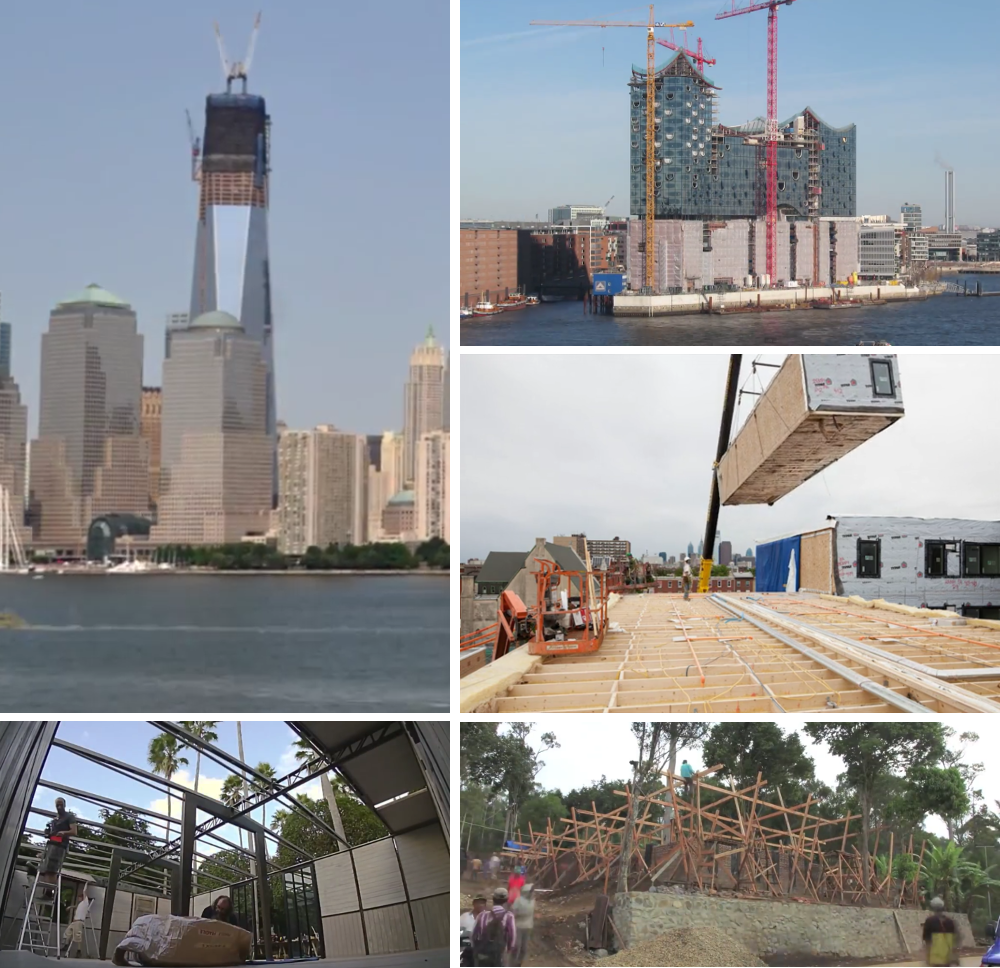
The conversion of shipping containers to living spaces is not a new concept—but being able to purchase them online and have them delivered by e-commerce giant Amazon is. Deliveries by the Seattle-based (and seemingly endlessly expanding) company are becoming a staple for most American households: dogs have never barked so much at the postman, porches have never been so littered with empty boxes, and never before has almost every product on the market been available from one place without even having to leave the house.
In spite of this consumer revolution, homes on demand constitutes new territory for the platform. So what does it look like when an entire house is delivered on the back of a truck?





